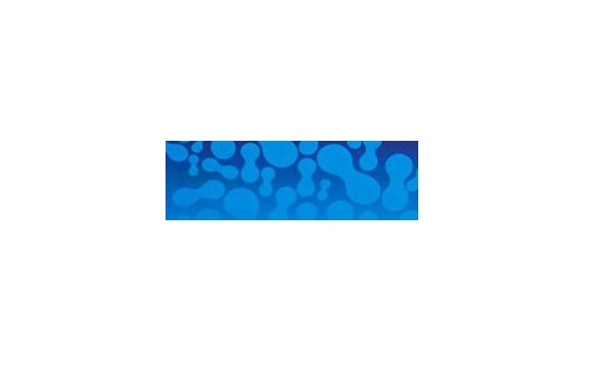Description
Recombinant Human Interleukin-13/IL-13 (C-mFc) | PKSH033966 | Gentaur US, UK & Europe Disrtribition
Synonyms: Interleukin-13; IL-13
Active Protein: N/A
Activity: Recombinant Human Interleukin-13 is produced by our Mammalian expression system and the target gene encoding Gly21Asn132 is expressed with a mFc tag at the C-terminus.
Protein Construction: Recombinant Human Interleukin-13 is produced by our Mammalian expression system and the target gene encoding Gly21Asn132 is expressed with a mFc tag at the C-terminus.
Fusion Tag: C-mFc
Species: Human
Expressed Host: Human Cells
Shipping: This product is provided as lyophilized powder which is shipped with ice packs.
Purity: > 95 % as determined by reducing SDS-PAGE.
Endotoxin: < 1.0 EU per µg as determined by the LAL method.
Stability and Storage: Generally, lyophilized proteins are stable for up to 12 months when stored at -20 to -80℃. Reconstituted protein solution can be stored at 4-8℃ for 2-7 days. Aliquots of reconstituted samples are stable at < -20℃ for 3 months.
Molecular Mass: 38.7 kDa
Formulation: Lyophilized from a 0.2 μm filtered solution of PBS, pH 7.4.
Reconstitution: Please refer to the printed manual for detailed information.
Background: Interleukin-13 is also known as IL-13. It is a protein that in humans is encoded by the IL13 gene. Interleukin-13 is an immunoregulatory cytokine produced primarily by activated Th2 cells.It is involved in several stages of B-cell maturation and differentiation. It up-regulates CD23 and MHC class II expression, and promotes IgE isotype switching of B cells. This cytokine down-regulates macrophage activity, thereby inhibits the production of pro-inflammatory cytokines and chemokines. This cytokine is found to be critical to the pathogenesis of allergen-induced asthma but operates through mechanisms independent of IgE and eosinophils.
Research Area: N/A






